Starting a vegetable garden can be incredibly rewarding, especially for beginners. Whether you have a small balcony or a spacious backyard, there are easy crops you can begin with to enjoy fresh produce and learn the basics of gardening. With the right location and essential tools, anyone can create a thriving garden that yields delicious results. Follow these steps for starting strong and making the most of your gardening experience.
Choosing the Right Location
When selecting the ideal location for your vegetable garden, consider a spot that receives at least six hours of sunlight per day. Sunlight is crucial for the growth and health of your vegetables, particularly for crops like tomatoes and peppers that thrive with ample light. Avoid areas overshadowed by buildings or large trees, as these diminish the sunlight your plants require.
Another essential factor is the soil quality. Conduct a simple test by squeezing some soil in your hand. Ideal soil should be crumbly and not pack tightly, indicating good drainage. Healthy soil enables your vegetables to access the nutrients they need to grow robustly. If your soil is too sandy or dense, consider enriching it with organic compost to improve its texture.
Furthermore, choose a location that’s easily accessible. Regular maintenance tasks such as watering, weeding, and harvesting are much easier when your garden is within convenient reach. Analyze your water source, ensuring a hose can comfortably reach your chosen spot. Consistent and adequate watering is vital, especially during dry spells.
If space is a restriction, consider container gardening. Using containers can maximize small spaces like balconies or patios. They provide flexibility to modify the garden’s layout without significant effort. Ensure your containers have sufficient drainage holes to prevent waterlogging.
Finally, take note of the microclimates within your garden. Even within a small area, certain spots may be warmer or cooler, more or less protected from wind. Adapt your plant placement accordingly; delicate plants might benefit from a sheltered position, whereas hardy plants can occupy exposed areas.
Essential Tools for Gardening
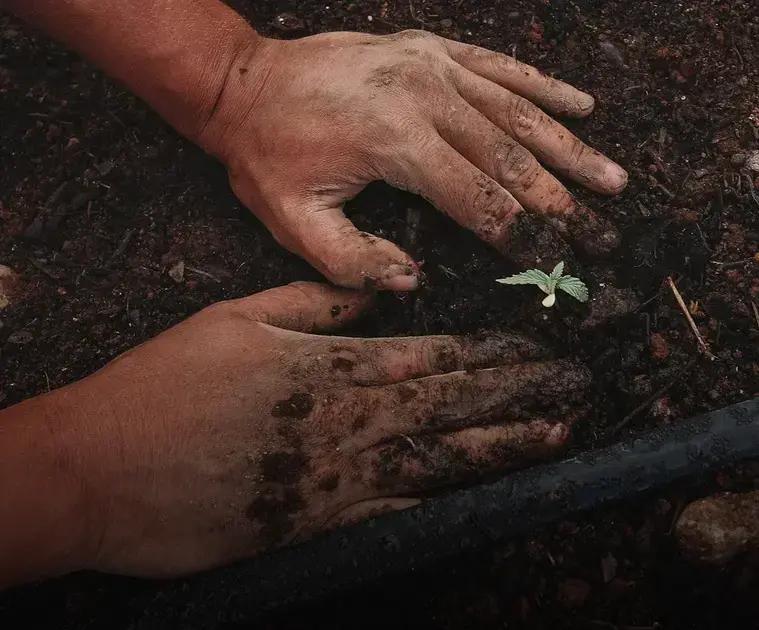
When starting a vegetable garden, having the right tools can make the process smoother and more enjoyable. Investing in quality gardening tools is crucial whether you are a novice or a seasoned gardener. Here are some essential tools you’ll need:
-
Gloves
– Protecting your hands from thorns, rough soil, and unexpected insect bites is important. Choose durable gloves that offer both protection and flexibility.
-
Hand Trowel
– An indispensable tool for transplanting, digging small holes, and removing weeds. Look for a trowel with a comfortable grip to reduce hand strain during extended use.
-
Pruning Shears
– For cutting back plants and harvesting wide-stemmed vegetables, a good pair of pruning shears is essential. They help in keeping your garden tidy and promote better plant health.
-
Watering Can
– Ensuring that your plants get the right amount of water is key to their growth. A can with a nozzle allows for controlled and precise watering to the plant roots.
-
Garden Fork
– A garden fork is useful for turning the soil, aerating the garden beds, and integrating organic materials. It’s handy for dealing with compacted or rocky soil.
-
Wheelbarrow
– Transporting soil, compost, and plants around your garden can be labor-intensive. A reliable wheelbarrow saves time and effort, facilitating easier management of larger tasks.
-
Garden Rake
– Useful for leveling soil, spreading mulch, and removing debris, a garden rake helps maintain the neatness of your garden beds.
-
Hoe
– Particularly helpful for removing tough weeds, a hoe is essential for regular garden maintenance. Choose one appropriate for your garden size and needs.
Each of these tools serves a specific purpose, ensuring efficiency and ease as you cultivate your vegetable garden. Equipping yourself with these essentials will prepare you for the planting and maintenance tasks that lie ahead.
Top Easy Vegetables to Grow
Vegetable gardening is an enriching hobby that can provide fresh produce and a sense of achievement. Some vegetables are particularly suited for beginners, making it easy to get started and maintain enthusiasm. Among these, radishes are a fantastic choice as they grow quickly and can be harvested in around 30 days. With their ability to germinate rapidly, they provide satisfying results in a short time.
Carrots are another excellent option; though they take longer, their vibrant foliage and rewarding crunch make them a staple in many garden beds. They thrive in loose, sandy soil and require regular thinning to produce the best results.
For leafy greens, lettuce offers a quick growing cycle and can be sown multiple times within a season. Its versatility in salads and sandwiches makes it a popular choice.
Don’t forget about zucchini, which is known for its abundant yield. A single plant can produce numerous zucchini, perfect for a variety of dishes. Ensure it has sufficient space, as zucchini plants tend to sprawl.
Herbs like basil
can also enhance your garden, offering aromatic leaves to spice up your culinary creations. They require warm soil and consistent sun exposure to flourish.
With these easy-to-grow vegetables, beginners can experience success early on in their gardening journey and enjoy homegrown flavors.
Maintaining Your Vegetable Garden

Ensuring your vegetable garden thrives requires consistent care and attention. Regularly water your plants, especially during dry spells, as most vegetables need about an inch of water per week. Installing a soaker hose or a drip irrigation system can make this task easier and provide adequate moisture to the roots.
To maintain a healthy garden, incorporate organic mulch such as straw or wood chips. Mulching helps retain moisture, suppress weeds, and regulate soil temperature. Make sure to leave space around the plant stems to prevent rot.
Keep your garden weed-free to reduce competition for nutrients. Regularly check for and remove any weeds. A hand trowel or hoe can be useful tools for this task.
Fertilize your vegetables through compost or a balanced organic fertilizer. Follow the instructions on the fertilizer packaging to avoid over-fertilizing.
Regularly inspect your plants for pests or diseases. Beneficial insects, like ladybugs, can help control pest populations. Use homemade or organic solutions as much as possible if intervention is necessary.
Practice crop rotation and spacing to maintain soil health and reduce disease spread. Avoid planting the same family of vegetables in the same spot each year. This method helps maintain nutrient balance and prevents soil depletion.
Regularly prune and remove dead foliage to promote healthy growth and airflow. Keeping your garden tidy reduces the risk of disease and supports vibrant plant life.
Harvesting and Enjoying Your Produce
Harvesting your vegetables at the right time is essential to enjoying their flavor and nutritional benefits. Most crops will taste the best when picked at their peak maturity. For instance, tomatoes should be harvested when they are red and slightly soft to the touch, while cucumbers must be firm and medium green in color.
Timing is pivotal. Early morning is often the best time to harvest as the vegetables contain the highest moisture content, making them crisp and refreshing. Make sure to use clean, sharp tools like pruning shears to avoid damage to the plant, encouraging a more prolonged production cycle.
Once harvested, cleaning your produce with water to remove dirt and potential pesticides is recommended. For leafy greens, a quick soak in cool water helps retain freshness. When storing, be mindful of each vegetable’s needs; root vegetables prefer a cool, dark place, while others like tomatoes do well at room temperature.
Don’t forget to savor the fruits of your labor. Try incorporating fresh produce into your meals by making salads, stir-fries, or just enjoy them raw for a healthy snack. Sharing with friends and family can also be a delightful experience, spreading the joy your garden has brought.

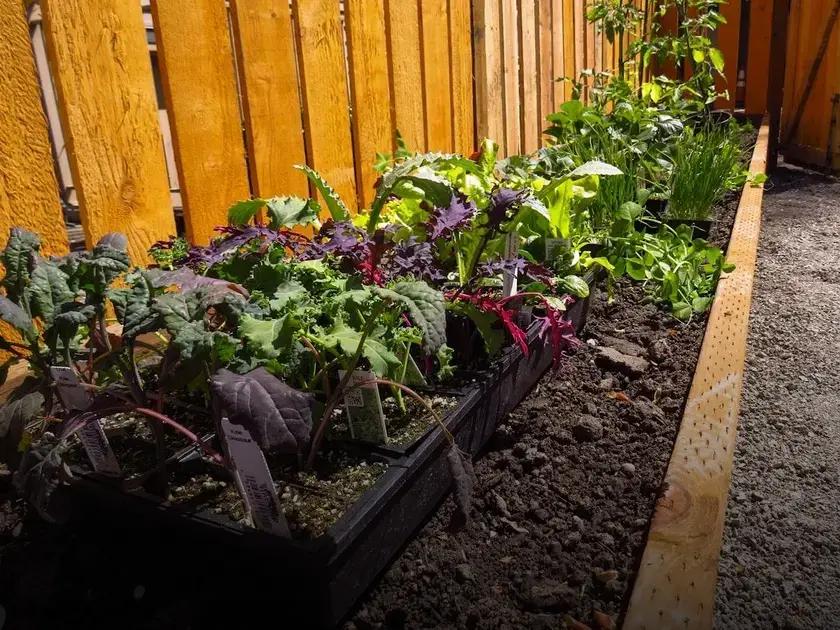
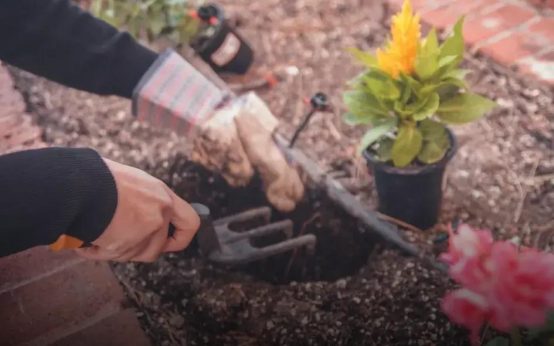 Tips for Growing Tomatoes That Actually Produce Fruit Easily
Tips for Growing Tomatoes That Actually Produce Fruit Easily 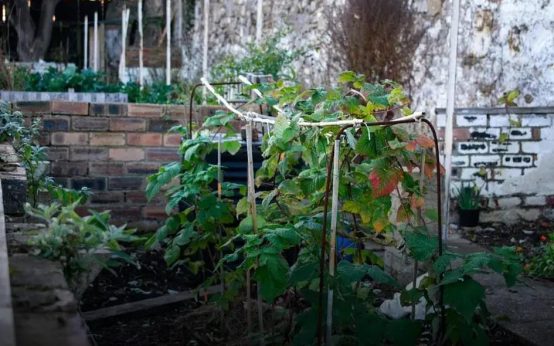 Companion Planting: Discover Plants That Thrive Together
Companion Planting: Discover Plants That Thrive Together 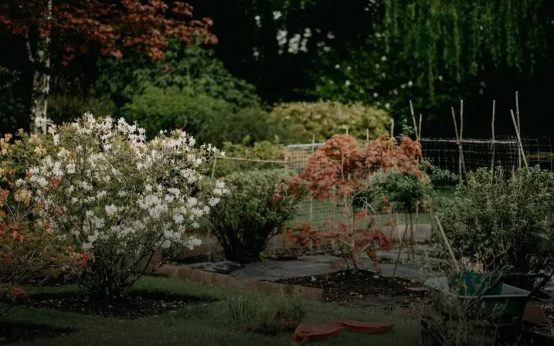 Creating a Low-Maintenance Flower Garden: Easy Tips
Creating a Low-Maintenance Flower Garden: Easy Tips